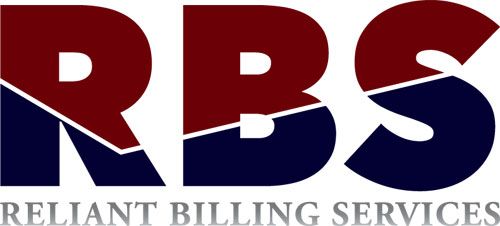Demand for home healthcare has been steadily growing over the past decade. And the industry has a market value of nearly $200 billion dollars. As home healthcare becomes more popular, it is important to prepare the practice for the best-case scenarios for billing in order to support long-term success. It is not uncommon for home health care practices to struggle to procure payment from both the patient and the insurer. But there are a number of steps you can take to reduce these types of issues. Here are a number of common home healthcare billing challenges and ways to overcome them.
Providing Patient Services Prior to Credentialing
One common mistake that home healthcare practitioners make is providing patient services prior to credentialing with all of the practice’s insurance companies. This often results in partial or no payment, leaving the business with hefty losses right from the start. While some insurance companies may provide partial payments in these situations, it is better to wait to practice until all insurance companies have been adequately credentialed. This is the most efficient way to support your business’s financial health.
Failing to Procure Prior Authorization
Once a provider is credentialed, there are certain services that require prior authorization like ordering or getting an MRI, for example. Since many insurers do not offer retro-payments, ordering services without prior authorization usually results in a lack of payment, leaving the business to eat the loss. To avoid this situation, it is vital to familiarize your practitioners with the insurer’s prior authorization requirements for different services prior to performing those services. This should result in fewer financial losses for the home healthcare practice.
Neglecting to Follow Insurer Guidelines
In order to issue payment, many insurers require that the home healthcare practice follow insurer guidelines while giving care. For example, some insurers may mandate that both the nurse practitioner and the doctor visit the patient every so often. So, if only the nurse practitioner gives care, the insurer may withhold payment.
Additionally, some services require a specific diagnosis to demonstrate medical necessity in order to be covered by the insurer, meaning that you may not be able to bill the insurer for those services without making an appropriate diagnosis. Medicare and Medicaid often enact guidelines like this. And it isn’t uncommon for an insurer’s guidelines to evolve over time. To avoid running into this issue, the best strategy is to regularly familiarize yourself or your billing department with changing insurer guidelines or hiring an outsourced billing company to handle this side of your business.
Are you looking for ways to improve your home healthcare billing processes? Do you want to improve your bottom line? If so, contact us today. Reliant Billing Services provides critical resources to home healthcare practices across the state. We take the stress out of home healthcare so you can focus on providing care.


